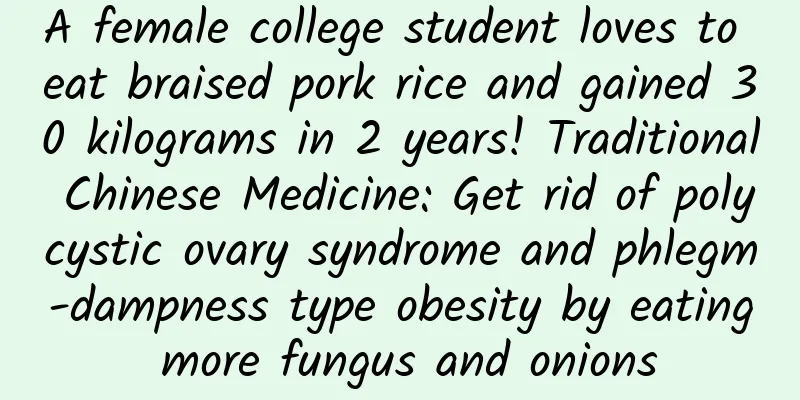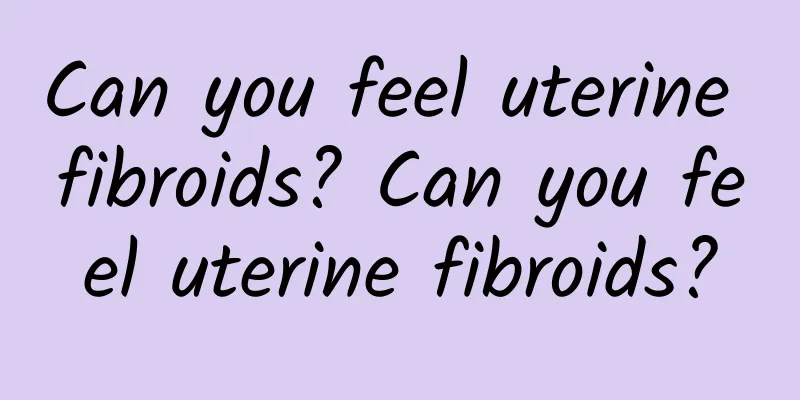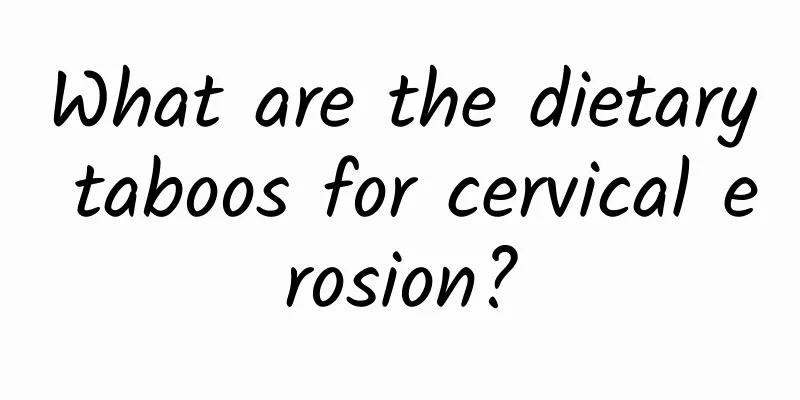A female college student loves to eat braised pork rice and gained 30 kilograms in 2 years! Traditional Chinese Medicine: Get rid of polycystic ovary syndrome and phlegm-dampness type obesity by eating more fungus and onions

|
The gold medal for delicious snacks, the juicy and delicious braised pork rice, is definitely on the list! However, a bowl of braised pork rice with braised gravy and braised pork can have a calorie content ranging from 228 calories to thousands of calories, depending on the cooking method and the ratio of gravy and braised pork used. Chinese medicine practitioners remind that women with polycystic ovary syndrome who eat out for all three meals and prefer braised pork rice may develop "polycystic ovary syndrome phlegm-dampness type obesity", which is not only prone to sudden weight gain but may also cause endocrine disorders and amenorrhea. It is recommended to eat more foods such as black fungus and onions, which help to promote blood circulation, remove blood stasis, strengthen the spleen and stomach. A female college student loves to eat braised pork rice, but she gained weight, had acne and her period was late There is a 19-year-old female college student named Lin, who is 160 cm tall and weighs 95 kg. Because her family has been living abroad for a long time, she usually lives with her elderly grandmother and always eats out for three meals a day. She does not deny that her favorite food is the national snack, braised pork rice. There is nothing that can resist the rice that is soaked in gravy and sprinkled with fragrant minced meat. I don’t like to exercise, but I didn’t expect that I would gain 30 kilograms in just 2 years. She found that what bothered her most was not only her rapid weight gain but also her frequent acne breaksouts. Even worse, her previously regular menstruation was late and did not come for a long time. Later, I sought Western medical diagnosis and found out that it was polycystic ovary syndrome. Braised pork rice is a typical high-calorie, high-fat, and high-sodium food, but the aroma of the braised pork and gravy is irresistible to many people. Although using fat to cook braised meat has a good taste and melts in your mouth, the fat and calories it contains are very alarming. In addition to those who are afraid of obesity, women who suffer from polycystic ovary syndrome should also stop eating in moderation. Polycystic ovary syndrome is divided into 4 syndromes, and treatment is based on individual constitution. The main symptoms of polycystic ovary syndrome include: menstrual disorders (absence of menstruation or oligomenorrhea), anovulation, and excess androgen (manifested as hirsutism, acne, and male pattern baldness), often accompanied by obesity. The incidence is approximately 5-7% of premenopausal women. Approximately 40% of patients have glucose intolerance unrelated to body weight and are at increased risk of developing diabetes and related cardiovascular complications. Patients with excess testosterone also have abnormal fat metabolism, and their blood lipoproteins increase, similar to those of men. Chinese medicine practitioner Wu Mingzhu said that Chinese medicine believes that polycystic ovary syndrome is a very complex disease, which is mainly related to the liver, kidneys and spleen. It can be mainly divided into four syndromes: kidney deficiency, phlegm-dampness obstruction, qi stagnation and blood stasis, and liver meridian heat stagnation; they are often accompanied by symptoms such as phlegm-dampness, and liver qi stagnation. When treating patients, Chinese medicine will adjust the dosage of medication based on the individual's physical condition, such as tonifying the kidney, resolving phlegm, activating blood circulation, and soothing the liver, etc. Polycystic ovary syndrome and obesity are classified as "polycystic phlegm-dampness obesity" Patients with PCOS are not necessarily obese, but if they are also obese, they have a "PCOS-phlegm-dampness obesity" constitution. The following are suggestions for conditioning: 【Treatment of polycystic phlegm-dampness type obesity】: Conditioning suggestions: replenish qi and kidney, enhance metabolism, and eliminate phlegm and dampness. Ingredients: dark green leafy vegetables, white fungus, black fungus, astragalus, corn silk, cassia seed, coix seed. In addition, by eating ingredients such as onion, ginger, garlic, vinegar, etc., it also has the effects of promoting blood circulation, strengthening the spleen and stomach: [Eight types of food that are beneficial to polycystic ovary]: 1. Black fungus: Black fungus has the functions of invigorating qi and strengthening the body, nourishing the kidneys and stomach, and promoting blood circulation. It can resist thrombosis, lower blood lipids, and resist lipid peroxidation, thereby reducing blood viscosity, softening blood vessels, making blood flow smooth, and reducing the occurrence of cardiovascular diseases. 2. Onion: Onion is pungent and warm, and belongs to the lung and liver meridians. Onion has the effect of warming the yang and activating blood circulation, and is a strong vasodilator. The allicin it contains can resist platelet aggregation, thereby reducing peripheral vascular resistance and blood viscosity. 3. Ginger: Ginger is warm in nature and spicy in taste. Ginger can promote blood circulation, strengthen the spleen and stomach, and kill bacteria and detoxify. 4. Garlic: According to the "Compendium of Materia Medica", garlic "has a strong aroma that can penetrate the five internal organs and reach all the orifices..." Allicin has the effects of inhibiting platelet aggregation, anti-coagulation, and inhibiting thrombosis. It can also lower "bad cholesterol" and increase "good cholesterol." 5. Fish: Whether it is deep-sea fish, shallow-sea fish, or freshwater fish, they all contain two unsaturated fatty acids, EPA and DHA, which can fight blood coagulation and thrombosis. 6. Tomato: Tomato contains a variety of ingredients that can promote blood circulation and remove blood stasis. Pectin can lower cholesterol; flavonoids have anticoagulant effects. 7. Hawthorn: Hawthorn is sour, sweet, and slightly warm, and enters the spleen, stomach, and liver meridians. The "Food and Materia Medica" says that it can "dissolve blood clots, gas clots, and activate blood circulation." Hawthorn has the effects of helping food, strengthening the stomach, promoting qi, activating blood circulation and relieving blood stasis. In addition, the flavonoids it contains can dilate peripheral blood vessels, have a slow and lasting antihypertensive effect, and can dilate coronary arteries, lower lipids, and strengthen the heart. 8. Vinegar: It tastes sour and bitter, and is warm in nature. It enters the liver and stomach meridians. It has the effects of promoting blood circulation and removing blood stasis, digesting food and eliminating accumulation, reducing swelling and softening hard masses, and detoxifying and treating sores. "Bencao Qiuzhen" says: "Vinegar is used for astringency, so many books say that it can dissipate blood stasis, detoxify, relieve gas and help digestion." 【Tip from Chinese medicine practitioners】: Chinese medicine practitioner Wu Mingzhu reminds that people with polycystic ovary syndrome type obesity, in addition to the above conditioning suggestions, must also exercise regularly to achieve twice the result with half the effort. For example: when taking the MRT, you can get off one stop earlier and walk home; or walk faster every day, and be sure to quit sugary drinks. |
Recommend
What foods should women avoid during the recovery period after abortion?
After undergoing an abortion, women should pay at...
What is pelvic effusion bleeding?
Pelvic effusion is a common disease among women a...
Three tips for checking each batch of imported hairy crabs and eating them safely
Chinese hairy crabs have regrouped and are headin...
5 yoga tips to relieve bloating
The inability to give up delicious food and eatin...
What is the cause of half-month menstruation?
What is the cause of half-month menstruation? Hal...
What are the dangers of dysmenorrhea in women?
What are the hazards of dysmenorrhea? Dysmenorrhe...
What are the effects of baking soda on the vagina? It must be used under the guidance of a doctor
The main therapeutic effects of baking soda on th...
Build a lean physique! To solve intestinal edema first, eat this...
To build a physique that is easy to lose weight, ...
Is abdominal pain a symptom of physiological ovarian cyst?
Is abdominal pain a symptom of physiological ovar...
Treatment costs for severe cervical precancerous lesions
How much does it cost to treat cervical precancer...
Porridge with preserved egg and tofu is a perfect match for breakfast! Worried about excessive exposure to heavy metal lead? Yan Zonghai teaches the secret of self-protection
Eating porridge for breakfast with a dish of deli...
Causes of bacterial vaginosis
The most common disease in the vagina is vaginiti...
What are the causes of cervicitis in women? Recommend several dietary treatments for cervicitis
What are the other causes of cervicitis? 1. Mecha...
This trick doesn’t require you to starve or gain weight again! Sakazume-style squats are amazing for losing weight ~ increasing muscle and protecting joints
Do people who want to lose weight still believe t...
Are you troubled by your pear-shaped body? The first step to losing weight is to lift your buttocks and slim your legs
[Key Points]: The main obesity problem of pear-sh...









